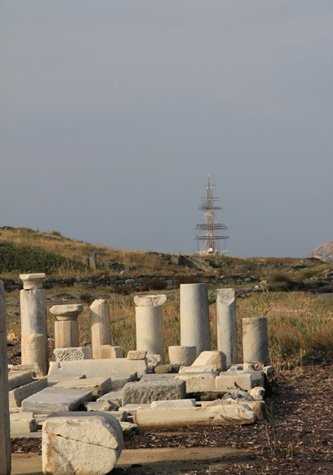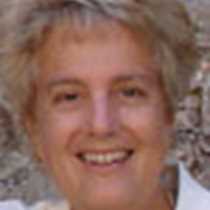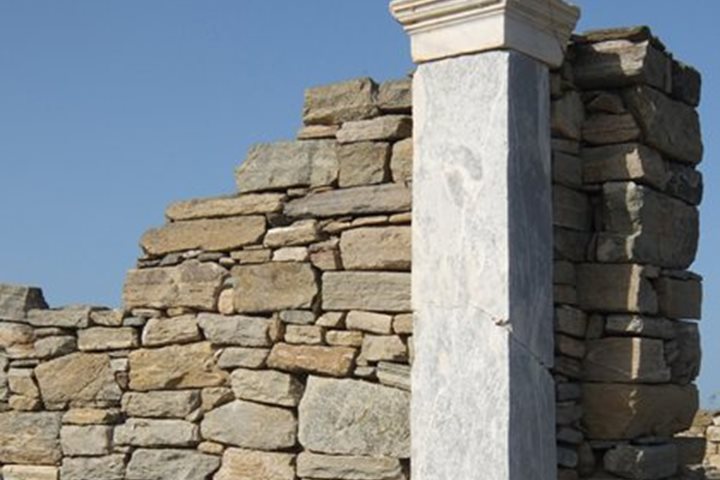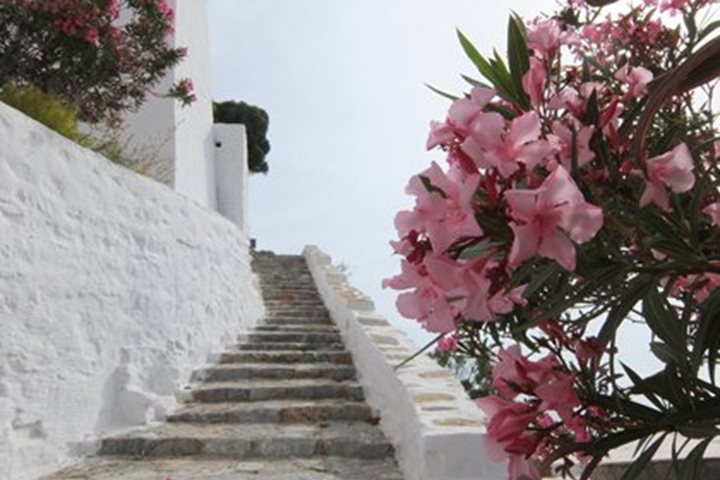The sun rose over the island where Apollo and Artemis were born. The sea was calm and our tenders took us ashore to the sacred isle. We were the first visitors of the day and the site was idyllic. Red poppies and static everywhere…
We followed the route of the ancient pilgrims. The sacred way led us to the oldest shrine built by the people of Naxos. Next to it we saw where a colossal statue of Apollo used to stand. On its pedestal a lot of graffiti gave away the identity of the visitors of the 19th century, among them a captain from the U.S. Navy in 1826. We passed the ruins of three temples and also the sacred precinct of Artemis. Just beyond it, opposite the sacred lake we imagined Leto giving birth to her twins. The imposing lions terrace marks the spot where the sun god and the moon goddess were born. Further down we witnessed ancient houses and agoras—shopping malls, peristyle courts, marble thresholds, and intricate mosaic floors. The museum was charming. Artifacts found on site—statues, offerings and items of everyday life.
Leaving the museum some headed up Mt. Cynthus to get a bird view and others continued to another residential quarter to get a better feeling of how populated this town was in the ancient period. Thirty thousand people once lived in this deserted place. Everything came to an abrupt end when an enemy of Rome—Mithridates of the Pontus—massacred the people to get back at the Romans for trying to control his people. Delos was the world center of trade back then and a duty-free port.
The theater offered us a moment of repose. We pictured actors in masks performing the ancient tragedies and the audiences moved by the drama of the heroes and heroines.
Full of new knowledge we returned to the Sea Cloud. A great buffet lunch was followed by another hoisting of the ship’s sails by the remarkable crew. For centuries men immortalized in the myths of Jason and Odysseus had done the same. Late in the evening we set sail for Santorini. A great day had just ended but another was ahead. Delos was considered the center of the Aegean world in ancient times but geologically Santorini is the real center. It is where the plates of Europe-Asia-Africa meet. We can’t wait to wake up in the caldera facing the sheer cliffs the cataclysmic volcano eruption of the 17th century BC created.









